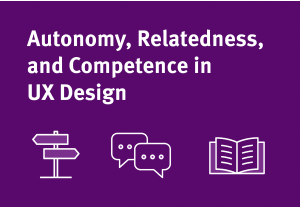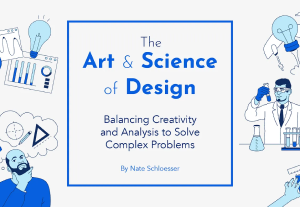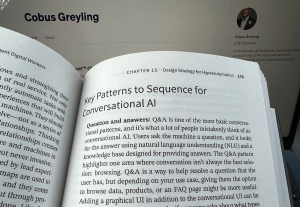- Behavioral Science, Conversational Design, Customer Experience, Design, Design Theory, Human factors, Product design
Addressing these 3 fundamental psychological needs in our products increases user motivation and well-being. Users will be more engaged and more likely to use our designs.
Article by Tanner Kohler
Autonomy, Relatedness, and Competence in UX Design
- The self-determination theory explains how three basic psychological needs — autonomy, relatedness, and competence — drive human motivation:
- Autonomy: Users value products they can customize to their needs and preferences.
- Relatedness: Products that relate to users’ needs and perspectives strengthen relationships and increase satisfaction.
- Competence: Clear and compelling design helps users become competent using the system, leading to positive outcomes.
- When it’s challenging to accommodate autonomy, relatedness, and competence in a single design, testing with potential users can help determine which need is the most important.
Share:Autonomy, Relatedness, and Competence in UX Design
Share this link
- April 11, 2023
11 min read

- Conversational Design, Design, Interaction Design, Mobile Applications, Product design, Product Releases and Redesigns, Usability
Article by Peter Ramsey
Copying Designs Doesn’t Work, And Here’s Why
- The author speculates on the right balance between drawing inspiration from existing designs and creating original work and provides some do’s and don’ts of implementing inspiration.
- Copying another’s design may result in losing the key elements that make it work, making it difficult to replicate the original experience.
- Designers can use inspiration as a starting point rather than a destination to fuel creativity.
Share:Copying Designs Doesn’t Work, And Here’s Why
Share this link
- April 4, 2023
6 min read

- Conversational Design, Design, Design Theory, UX Education
Balancing Creativity and Analysis to Solve Complex Problems.
Article by Nate Schloesser
The Art & Science of Design
- The article explores the balance between subjective creativity and objective analysis in design.
- From the author’s perspective, designerʼs priorities should include:
- Experimenting with new ideas;
- Remaining receptive to feedback;
- Relying on data analysis to refine and enhance their designs;
- Generating solutions that positively impact society’s accessibility, sustainability, and social justice.
Share:The Art & Science of Design
Share this link
- March 30, 2023
12 min read

- Conversational Design, Data visualization, Design Theory, Human factors, Sketching, Strategy, UX Education, UX Magazine
Visualization of different ways of thinking about and solving complex problems.
Article by Houda Boulahbel
A linear thinker, a design thinker and a systems thinker walk into a bar…
- The author provides a vivid example to demonstrate the differences between various types of thinking — linear, design, and systems.
- Linear thinking divides the problem into smaller sections, addressing each one independently.
- The search for the best solution starts with the user’s needs and behavior in the search for design thinking.
- With a focus on interactions and relationships between things, systems thinking adopts a more comprehensive perspective.
- We place a lot of emphasis on linear thinking as a society. The author believes that the key to the most effective solutions lies within all three types combined.
Share:A linear thinker, a design thinker and a systems thinker walk into a bar…
Share this link
- December 22, 2022
3 min read

- Artificial Intelligence, Augmented Reality, Behavioral Science, Business UX Leaders, Conversational Design, Customer Experience, Data visualization, Defining AI, Design, Neurology, Neuroscience, Usability, UX Education, UX Magazine
The I in AI.
Article by Max Louwerse
How Cognitive Science and Artificial Intelligence Are Intertwined
- If we want to understand the mechanisms behind AI, cognitive science might come to the rescue.
- Artificial intelligence and cognitive science have surprising similarities.
- AI focuses on artificial minds with human minds as an example.
- Cognitive science focuses on human minds with artificial minds as an example.
Share:How Cognitive Science and Artificial Intelligence Are Intertwined
Share this link
- December 21, 2022
4 min read

- Accessibility, Artificial Intelligence, Augmented Reality, Behavioral Science, Conversational Design, Customer Experience, Defining AI, Design, Usability, UX Education, UX Magazine
Conversational AI is the infinitely scalable interface.
Article by Cobus Greyling
Age of Invisible Machines
- Cobus Greyling shares his take on the new Wall Street Journal bestselling business book, Age of Invisible Machines by Robb Wilson with Josh Tyson
Share:Age of Invisible Machines
Share this link
- November 29, 2022
3 min read


